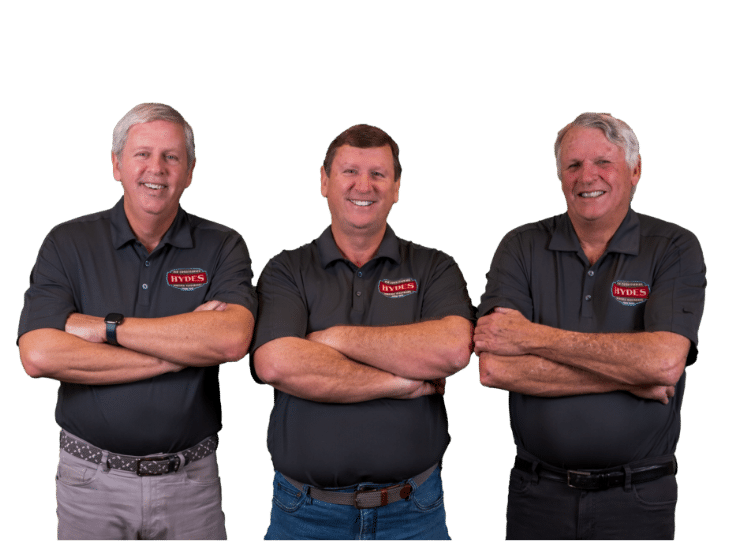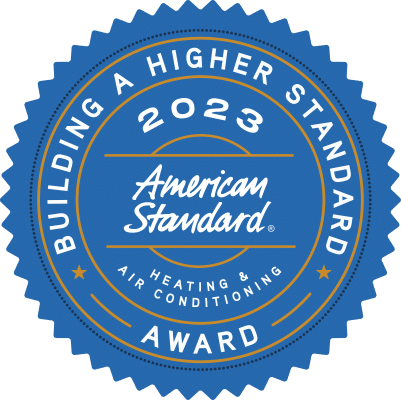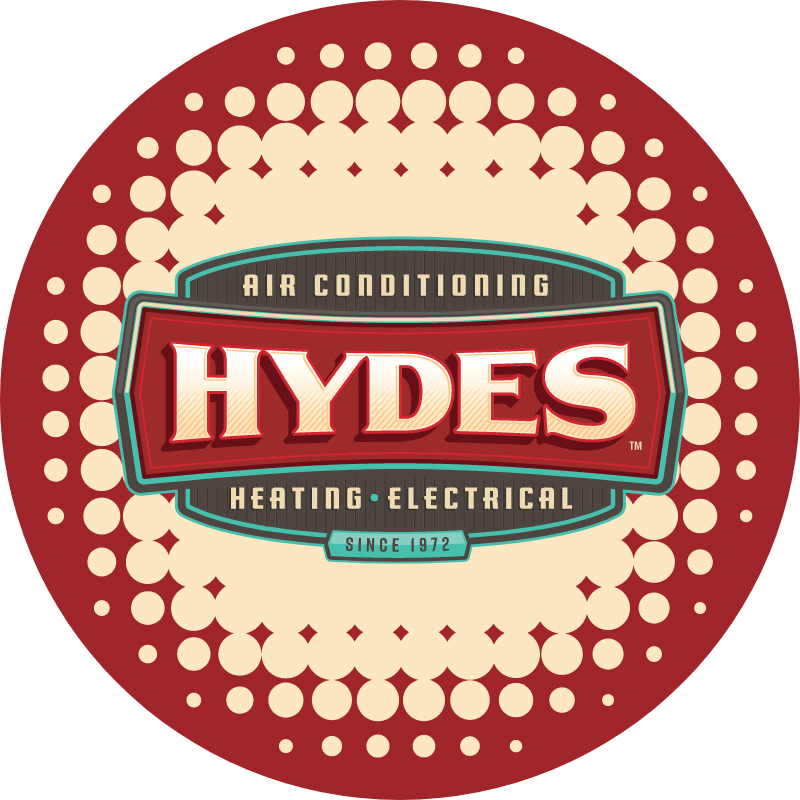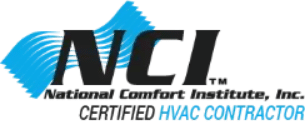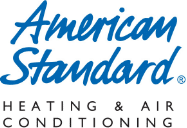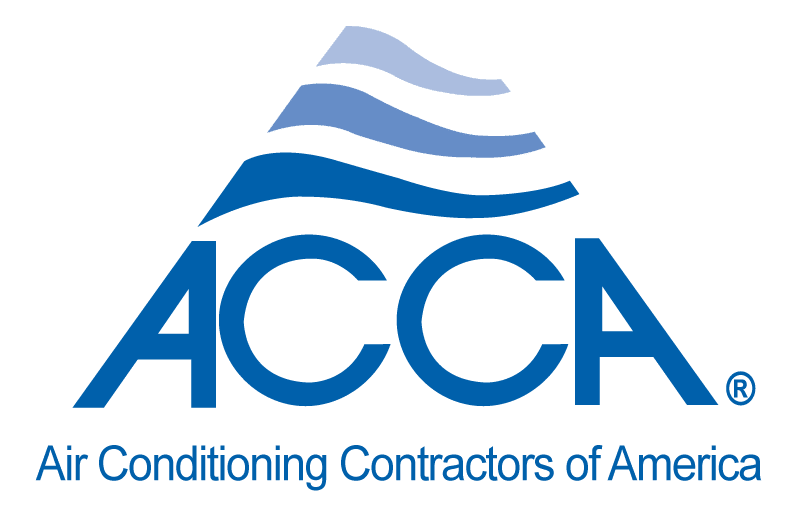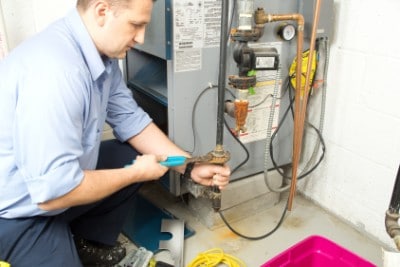
What You Should Know About Transitioning Between Your AC & Furnace
We’re about to enter November, which means temperatures here in the Coachella Valley are getting cooler and cooler, especially at night. As we slowly start to use our furnaces more and more, it’s important to know about the big differences between your heating system and your cooling system and what should be done to properly transition between the two. Today we’re going to help you do that by talking about what you should know about switching between your air conditioner and your furnace!
Your furnace and air conditioner share some of same parts
Your furnace and air conditioner perform very different jobs, but they aren’t two completely independent systems. In fact, your furnace and air conditioner share many of the same parts, including the air handler, the ductwork, the thermostat and the filtration system. So in order to switch between the two, all you need to do is flip the switch (or button) on your thermostat from “cool” to “heat” and your system will know it should start using its heating components.
What you should know about transitioning from your air conditioner to your furnace
- A furnace tune-up is necessary even if you got an A/C tune-up in the spring. Furnace tune-up season is upon us, and it’s time to schedule your appointment to ensure that your system is ready to work efficiently, effectively and safely all winter long. You might be wondering if it’s necessary to get a furnace tune-up if you already had an A/C tune-up in the spring. The answer is a resounding “YES!” During your furnace tune-up, we perform a different set of maintenance tasks that are focused specifically on your heating system’s parts. These tasks must be performed in order to bring your system up to its peak efficiency and performance levels. In addition, a tune-up will protect your home from the safety issues that come with running a gas furnace (below).
- Low humidity is a problem during the heating season. Unlike during the summertime when your air conditioner is running, humidity levels tend to be low during the winter when your furnace is operating. Low humidity levels can make your home uncomfortable, damage your walls and furniture and affect you and your family’s health. Hydes offers whole house humidifiers that will keep your home’s humidity levels at the proper range to avoid those issues. Ask about them during your tune-up!
- Furnaces have different safety concerns than air conditioners. Furnaces that run on natural gas have a much different set of safety concerns than air conditioners do. In particular, if your furnace is malfunctioning it can allow carbon monoxide to be released into your home’s air. In order to ensure your heating system is operating safely, make sure to schedule a tune-up for your system and check to ensure that all of your carbon monoxide detectors have a fresh set of batteries and are working properly.
- You will likely want to use different thermostat settings with your furnace. Most people use a different set of thermostat settings when their furnaces are running than they do when their air conditioners are running. Check out our recommended thermostat settings for winter to figure out which settings are right for your home, and update your programmable thermostat settings to match your family’s schedule during winter.
If you have any questions about how to transition between your air conditioner and your furnace, or if you’d like a heating and cooling system serviced or installed in your home, contact Hydes, your Coachella Valley heating and air conditioning contractor.
